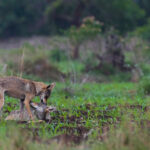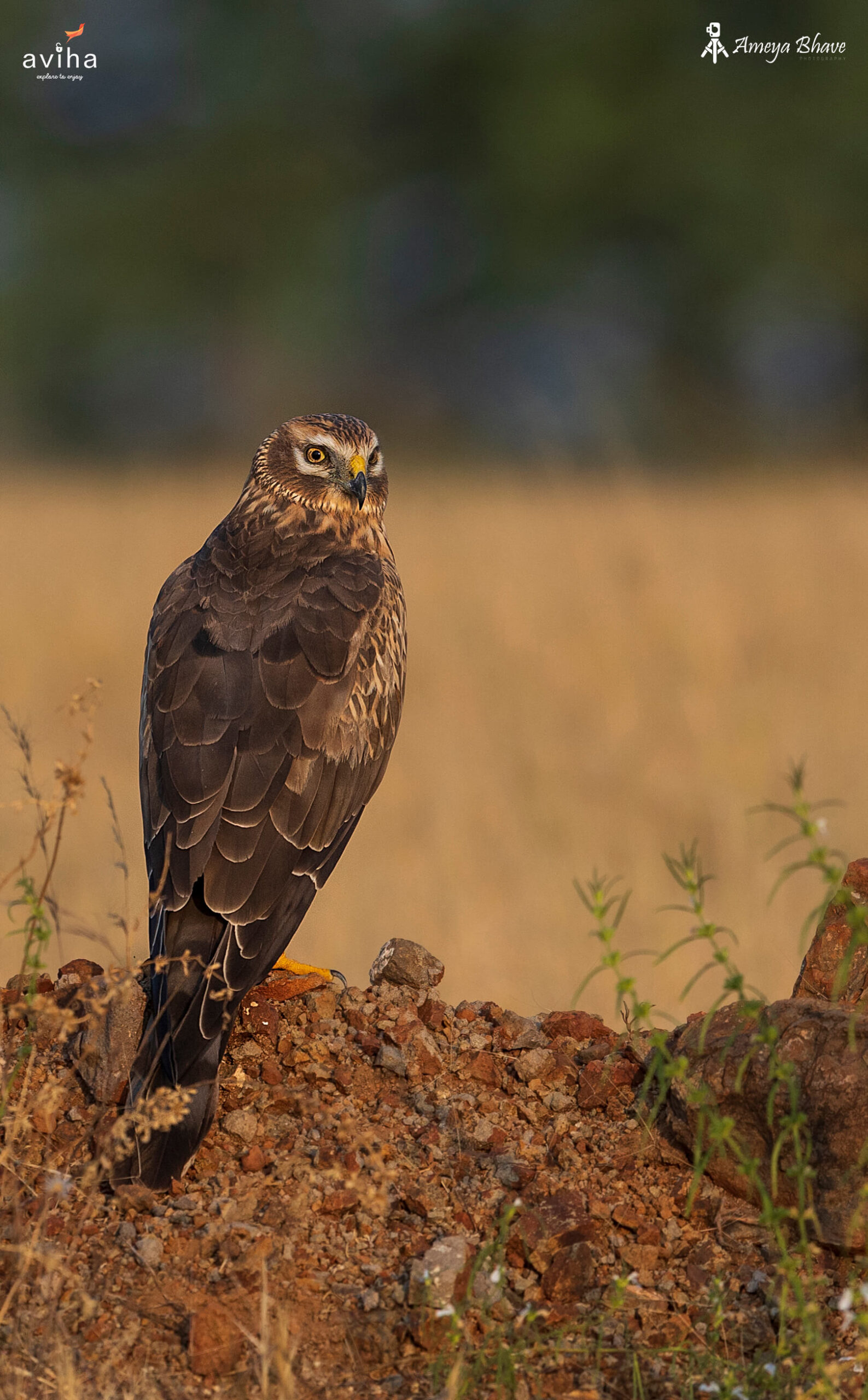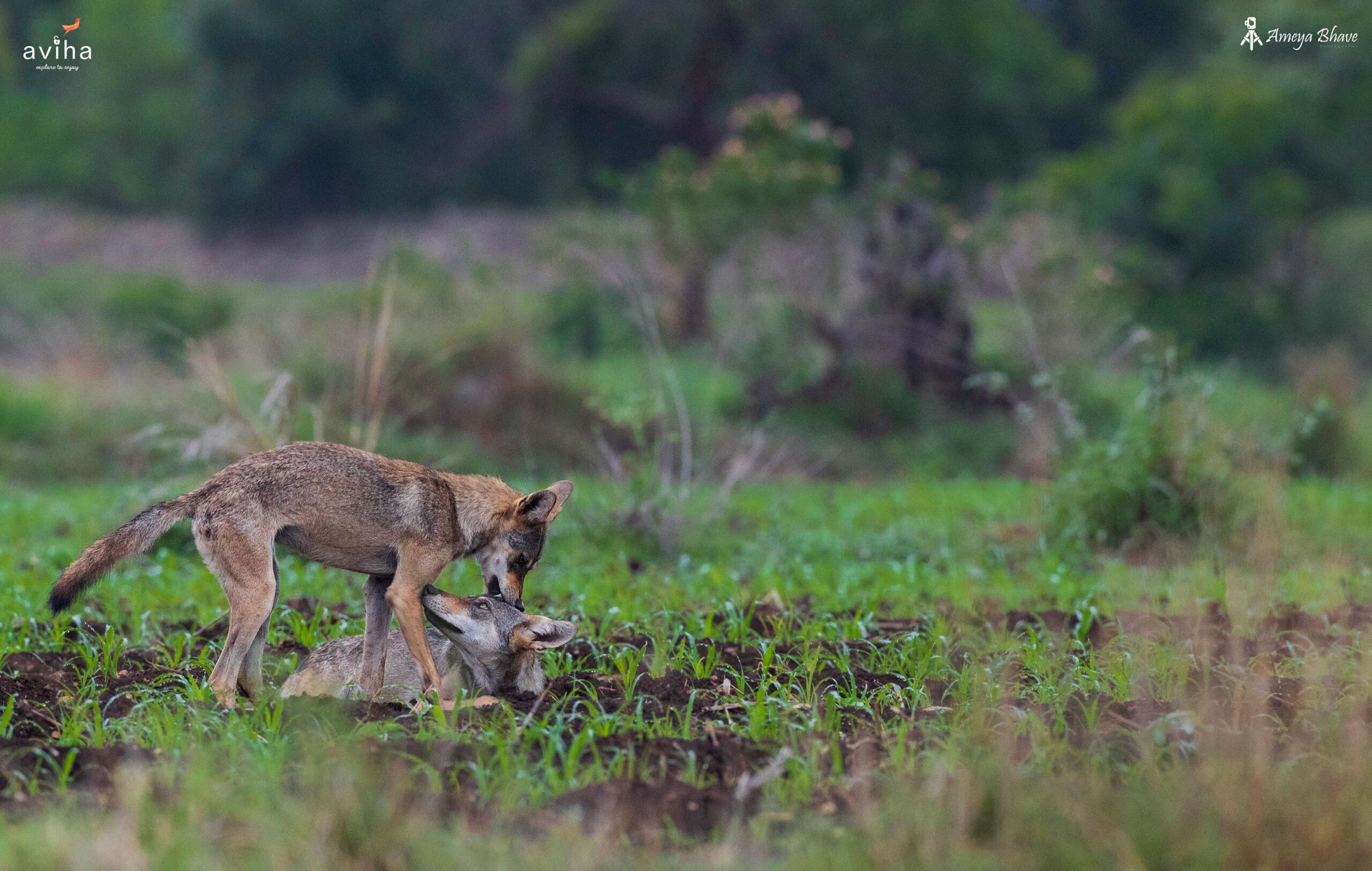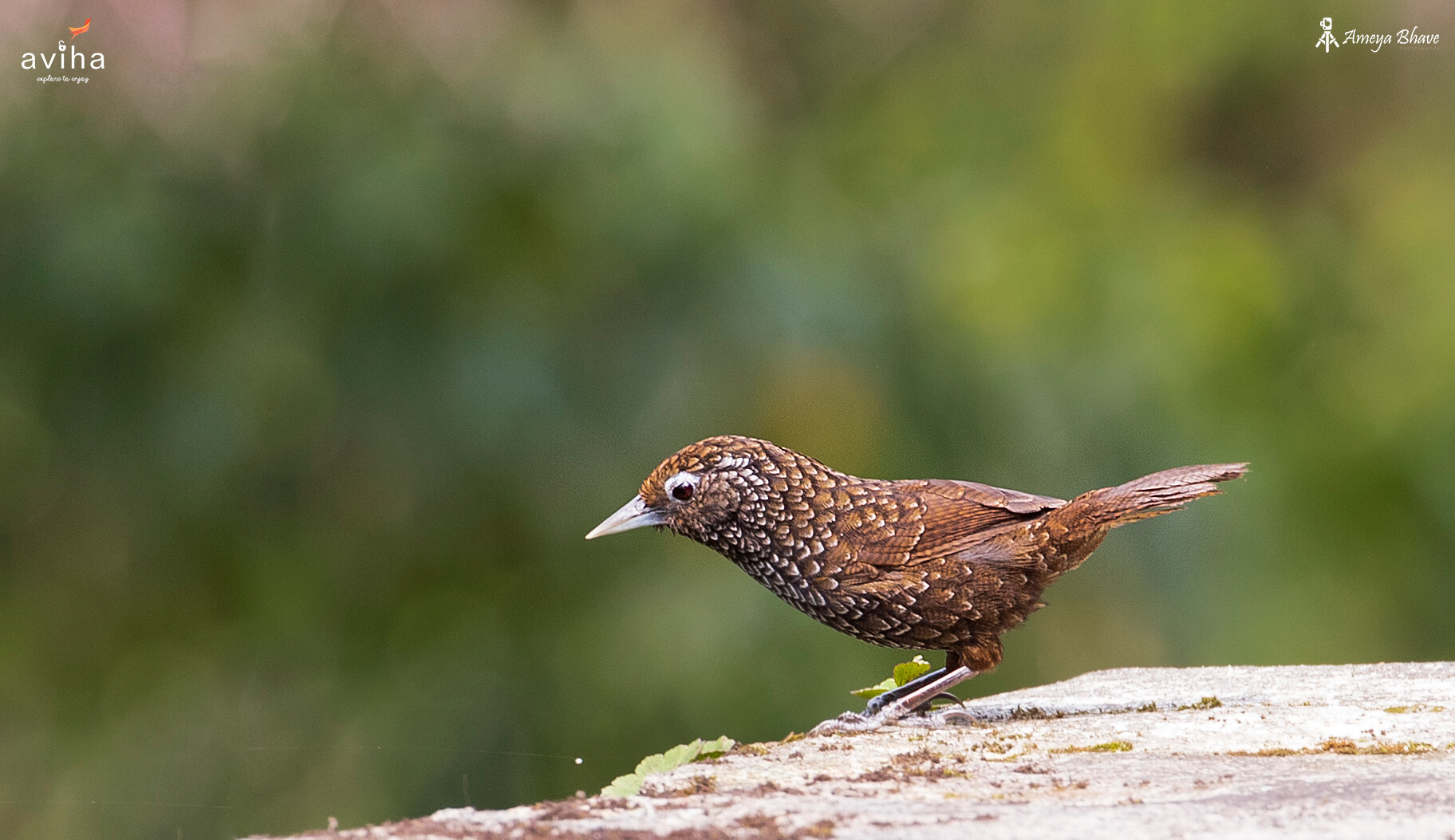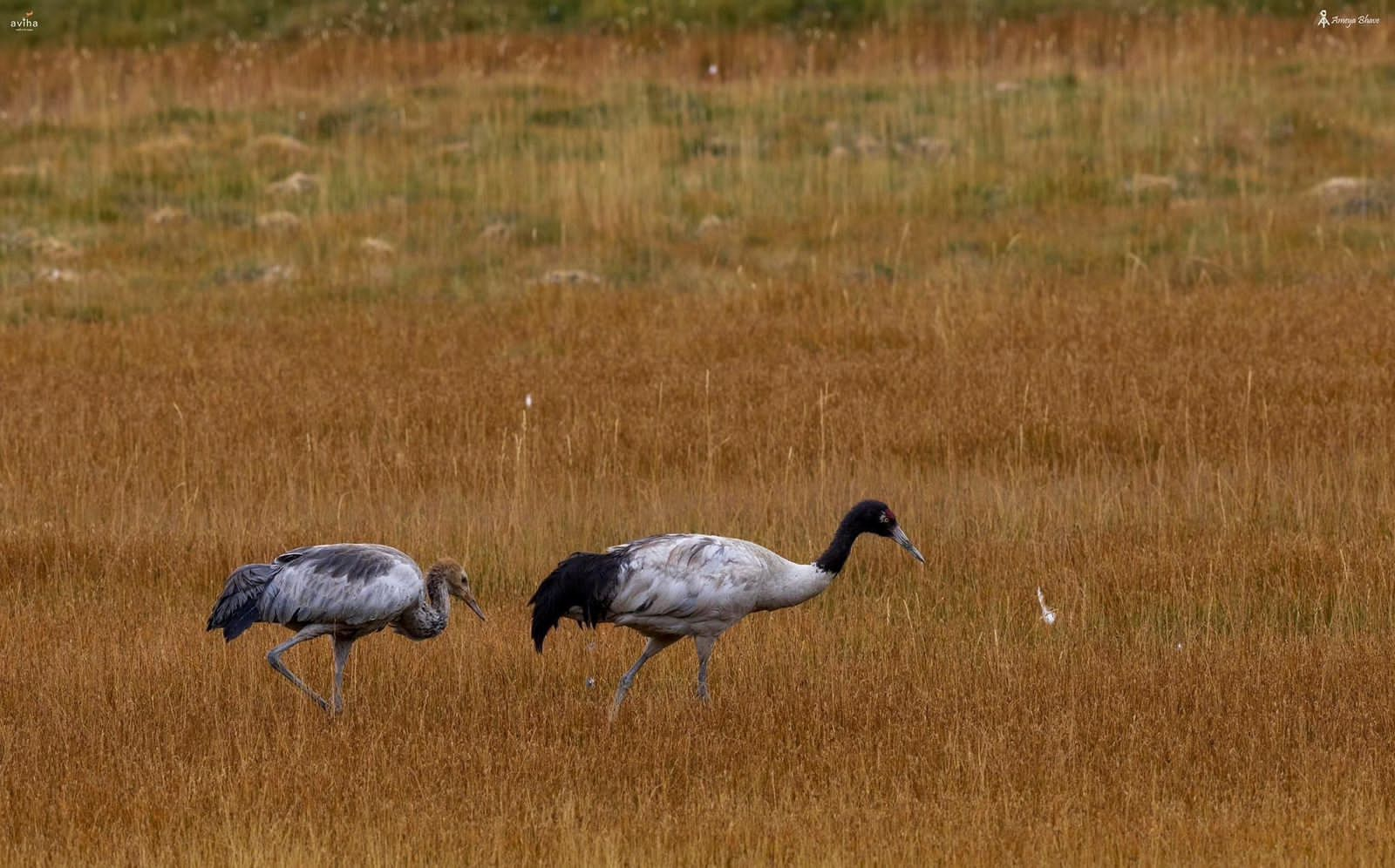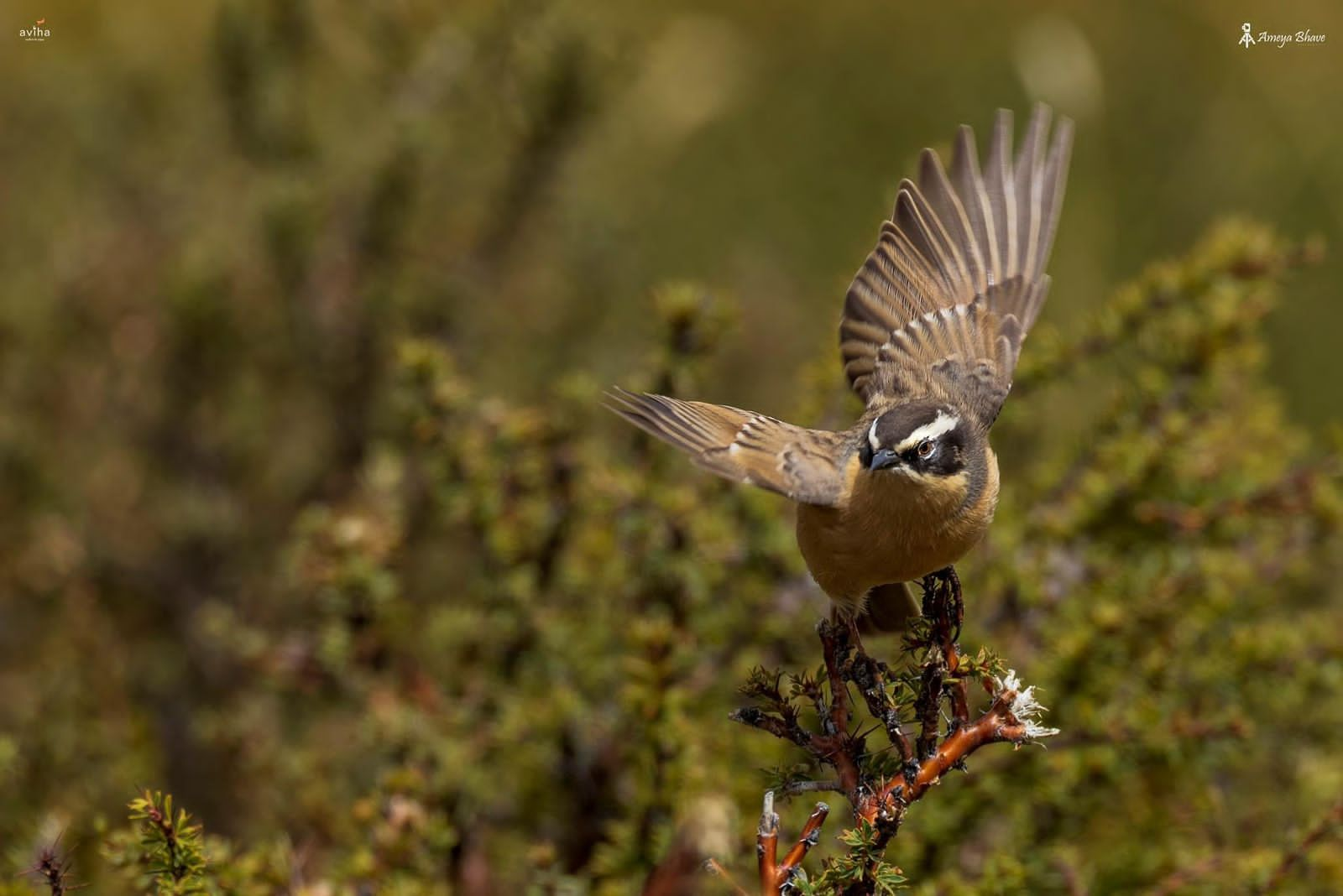Montagu’s Harrier
Named after British naturalist George Montagu this bird is a migratory bird of prey. With a wingspan of about 4 feet this bird flies low along the country side searching for the prey which consists of small rodents, small birds, bird eggs, reptiles (including snakes) and large insects. Normally the Females are bigger than males as it need to produce Eggs. @Bhigwan, Maharashtra , India. December 2021
WOLF CUDDLES
The Indian Wolf is one of the ENDANGERED species. They population is showing a steady decline due to deforestation and more and more land being taken under agricultural activities. In the Grasslands around India these wolf are being pushed towards the verge of being critically endangered due to habitat loss and even loss of prey. Efforts are being made to revive their population as they are one of the key factors to maintain the Ecological System. August 2022
CHEVRON- BREASTED BABBLER
he Chevron-Breasted Babbler or the Cacher Wedge Billed Babbler is a nearly Threatened Species. Mostly found in the subtropical or tropical moist lowland forests and subtropical or tropical moist montane forests of Assam and Arunachal Pradesh it is named after the CACHER HILLS in the southern Assam. There has been a decline in it population due to its Habitat Loss. This bird is found Often deep in dense shrubbery, but will occasionally forage in the middle layers of the forest as well, scaling trees and creeping along branches. Wanna join us on the tour to Mishmi in April?? Ping for
THE BLACK NECK CRANE & JUVENILE
Finding a BLACK NECK CRANE might not be that difficult in the region of LADAKH but find one with a juvenile or chick in toe might be a bit difficult. We had heard that there is pair in the HANLE region which was seen a bit rarely with their juvenile. Trying the spot twice in the morning session without any luck we headed for it as soon as the afternoon session started. We were not only blessed by the sight of the family but also after sometime saw them
THE BROWN ACCENTOR
While you are targeting some of the species in the shrubs you never know what lies in surprise for you. We were searching for a bird called chinese ruby throat which we were unable to find there was a trill call which we knew well of the BROWN ACCENTOR. A plain bird which is found in the thickets was perching over the top branches of small shrubs. Waiting with a great patience to make some images of it in the small thickets full of thorns the little one came


